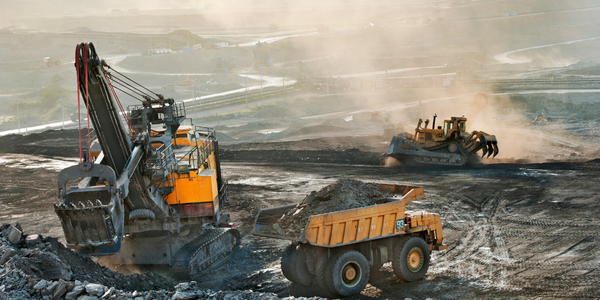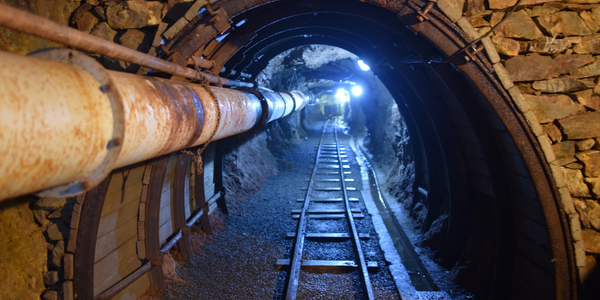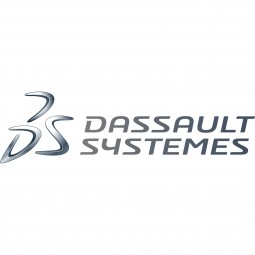Customer Company Size
SME
Region
- America
Country
- Chile
Product
- GEOVIA Surpac
Tech Stack
- Multi-threaded technology
Implementation Scale
- Enterprise-wide Deployment
Impact Metrics
- Productivity Improvements
- Cost Savings
Technology Category
- Analytics & Modeling - Real Time Analytics
Applicable Industries
- Mining
Applicable Functions
- Discrete Manufacturing
Use Cases
- Predictive Maintenance
- Process Control & Optimization
Services
- Data Science Services
About The Customer
Marco Alfaro Consultores is a consulting company based in Santiago, Chile. The company offers services in ore deposit evaluation, specifically in the areas of ore sampling, geological modelling, geostatistics and resource estimation. By applying geostatistical theory in conjunction with the latest available technology, Marco Alfaro Consultores provides practical and efficient solutions for today’s mining industry. Andres Beluzan, a Mining Civil Engineer and Executive Director of Marco Alfaro Consultores, has been using Surpac for his work in geological resource estimation for over a decade.
The Challenge
The mining industry is facing a challenge with the increasing size of datasets as mining companies develop and expand existing properties. The large data size has made it difficult for mining software to keep pace, often taking hours or even days for geology and mine planning applications to update models. This delay in updating models can lead to inefficiencies in production scheduling and increased costs. For instance, if waste material is sent to processing, the mining company will spend unnecessary money without a return and create unnecessary wear on equipment, shortening its life cycle and driving up maintenance costs.
The Solution
Dassault Systèmes has delivered one of the best resource estimation experiences in the industry with its latest version of GEOVIA Surpac. The software uses multi-threaded technology that allows the majority of block modeling functions to use all available processors or cores. This results in up to a 95% reduction in processing times for block model operations such as estimations, block maths, constraining, and reporting. With Surpac 6.7, Marco Alfaro Consultores was able to achieve estimation results at processing speeds nearly 17 times faster than previous versions of the software.
Operational Impact
Quantitative Benefit

Case Study missing?
Start adding your own!
Register with your work email and create a new case study profile for your business.
Related Case Studies.

Case Study
Underground Mining Safety
The goal was to produce a safety system to monitor and support underground mining operations; existing systems were either too simple (i.e. phone line) or overly complex and expensive, inhibiting deployment, and providing little-to-no support in event of an accident. Given the dangerous nature of the mining work environment and the strict regulations placed on the industry, the solution would have to comply with Mine Safety and Health Administration (MSHA) regulations. Yet the product needed to allow for simple deployment to truly be a groundbreaking solution - increasing miner safety and changing daily operations for the better.

Case Study
Mining Firm Quadruples Production, with Internet of Everything
Dundee Precious Metal’s flagship mine, in Chelopech, Bulgaria, produces a gold, copper, and silver concentrate set a goal to increase production by 30%. Dundee wanted to increase production quality and output without increasing headcount and resources, improve miner safety, and minimize cost.

Case Study
Fastenal Builds the Future of Manufacturing with MachineMetrics
Fastenal's objective was to better understand their machine downtime, utilization, quality issues, and to embrace cutting-edge manufacturing technology/process improvement capabilities to bring their team to the next level. However, there was a lack of real-time data, visualization, and actionable insights made this transition impossible.

Case Study
Joy Mining Systems
Joy equipment faces many challenges. The first is machine integration and control. The business end of the machine has a rapidly-spinning cylinder with 6-inch diamond-studded cutting teeth. It chews through rock at rates measured in tens of tons per minute. The system grinds through the rock in front, creating a rectangular mine tunnel. Hydraulic lifters support the ceiling as the machine moves forward. Automated drills and screws drive 3-ft long screws into the ceiling to stabilize it. The rock and coal fall into a set of gathering "fingers" below the cutting cylinder. These fingers scoop up the rock and coal and deposit it onto a conveyor belt. The conveyor passes under the machine and out the back. A train of conveyor belt cars, up to a mile long, follows the cutter into the mine. The rock shoots along this train at over 400 feet per minute until it empties into rail cars at the end. Current systems place an operator cage next to the cutter. Choking dust (potentially explosive), the risk of collapse and the proximity of metal and rock mayhem make the operator cage a hazardous location.

Case Study
Improved Monitoring in Industrial Manufacturing Facility
When your crane is moving tons of magma-hot iron, you can’t afford an unexpected failure. McWane Ductile knew monitoring the crane motor metrics within their facility could help prevent a mechanical failure that would strand an enormous bucket of molten metal overhead. Unfortunately, their legacy wired monitoring system couldn’t work with moving objects in this extreme environment. If they could integrate wireless capabilities into their existing equipment they could extend their monitoring capabilities without starting over from scratch.




